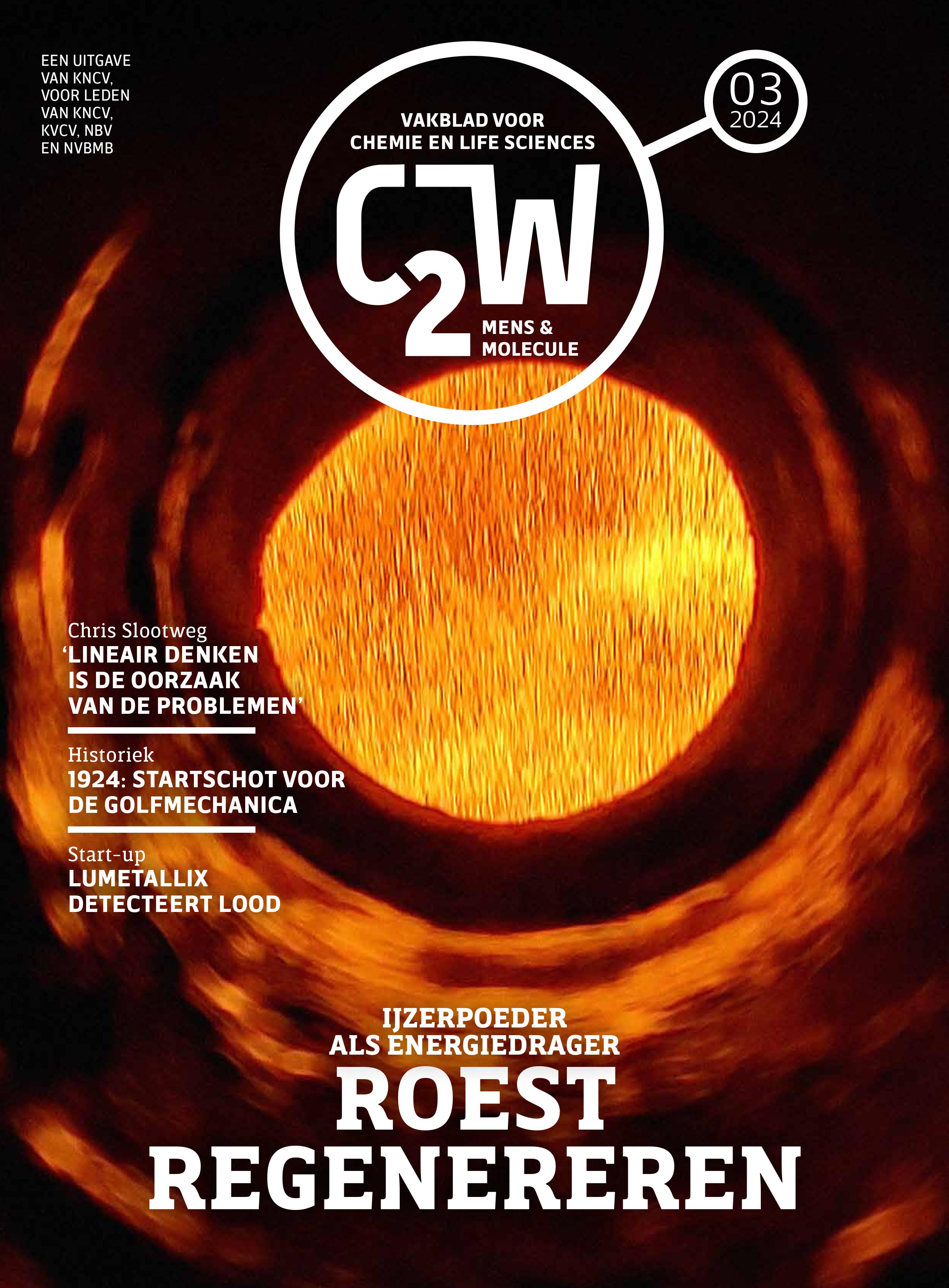Would you like to add an event to this list? Simply register your event using this form.
Exploiting long-lived yeast to improve beer shelf-life

Category
Ph D Defense
Date
2022-09-27 17:00
Venue
KU Leuven, Arenbergkasteel, Aula Arenbergkasteel, 01.07 - Kasteelpark Arenberg 1
3001 Leuven, België
3001 Leuven, België
Promovendus/a: Ruben Wauters
Promotor(en): Prof. dr. ir. Kevin Verstrepen, Dhr. Jan Steensels
Belgium is internationally recognized for its rich beer culture and high-quality specialty beers. It is therefore not surprising that as much as 75% of Belgian production volume was destined for export in 2020, a quarter of which went to countries outside the EU. Long-distance export comes with lengthy transport and storage times however, and in contrast to other fermented beverages such as wine, beer generally diminishes in quality over time. This process, commonly referred to as beer aging or beer staling, can be attributed to chemical reactions in the bottle in which not only desirable compounds associated with fresh beer are degraded, but also flavor-negative compounds are formed. Especially the formation of compounds carrying a carbonyl functional group, most notably aldehydes, has proven detrimental to beer shelf-life. Despite several technical advances over the last decades however, a poor flavor stability remains one of the most important challenges the beer industry is faced with.In this thesis, we explored the role that refermentation can play in increasing beer shelf-life. Refermentation, also called bottle conditioning, is a traditional practice in which active yeast is added to beer just prior to bottling, often alongside a small volume of fermentable extract. This allows the yeast to perform a secondary fermentation in the bottle. While originally developed to impart carbonation, refermentation has also been shown to protect beer from staling through the yeast’s reductive metabolism. The duration and mechanism of this protective effect remains however scarcely investigated and it is unknown whether the effect is yeast strain dependent or not.
The first part of this thesis focused on identifying yeast strains that excel at protecting beer from aging. We found that in the refermented beer we used as a reference (a blond ale of 8.5% ABV), the house yeast only managed to survive for about three months at ambient temperature and that staling aldehydes rapidly increased after the yeast cells in the bottle had died. Starting from 150 genetically and phenotypically diverse Saccharomyces cerevisiae strains, we identified 12 strains that did manage to survive for several months in beer subjected to a very stringent temperature storage profile. Interestingly, especially strains derived from cocoa and wine fermentations survived well, while typical beer strains did not. Using the 5 best strains from this screening as parentals in a mass-breeding setup, we then bred long-lived, thermotolerant hybrid yeasts. The best parental strain and the most promising hybrid were further tested in a long-term beer aging experiment, where the novel hybrid was shown to survive for more than a year. While aging-related beer degradation could not be completely abolished, both long-lived strains significantly increased beer shelf-life compared to the reference yeast after both 6 and 12 months of aging, as assessed in a blind multiple paired comparison test with a large tasting panel size (n>30). We could link this increased flavor stability to the long-lived strain’s ability to prevent staling aldehydes from accumulating in the beer for an extended period of time, including furfural, trans-2-nonenal, 2-methylbutanal and 3-methylbutanal. Importantly, the tasting panel found the fresh flavor of the beer (2 months-old beer) refermented with the long-lived strains to be unaltered, an aspect crucial for brewers to implement new yeast strains in existing products.
We also tested the ability of so-called non-conventional yeasts (NCY) to survive in beer and protect it from staling. Out of 20 Brettanomyces spp. and 10 other NCY, only 2 Brettanomyces custersianus strains managed to survive in beer that was put through a stringent storage profile. Moreover, most of the Brettanomyces strains provided the resulting beer with a distinct ‘Brett’ flavor, characterized by an increased concentration of organic acids, ethyl esters and volatile phenols. While this ‘Brett’ flavor is very much desirable when it comes to bioflavoring and while it was able to mask aspects of beer aging, it limits the use of Brettanomyces as a neutral beer preservative.
In the second part of this thesis, we investigated the genetics behind yeast’s ability to survive in beer. Using a genome wide screen in the form of a barseq experiment, we identified several cellular processes that influence yeast survival in beer, including autophagy, ion homeostasis, protein transport, ribosomes, PKA signaling and negative TORC1 regulation. Especially regulation of TORC1, an important signaling pathway in both yeast and mammals, was shown to be crucial for extended survival in beer. Indeed, our screen identified components (GTR1, GTR2, LST4, MEH1, RTC1 and SLM4) of all known TORC1 regulators in yeast, all of which we were able to confirm in individual assays.
We then investigated what drives the natural survival variation that we observed in the first part of this thesis by performing a quantitative trait loci analysis, using a long-lived cocoa strain and a short-lived wine strain as parents. While we did not (yet) identify the causative mutations underlying the survival difference between both parental strains we did identify four genomic loci that contribute to survival in beer, which can serve as a useful stepping-stone for further research.
Taken together, we laid groundwork for better understanding which genetic factors affect how long yeast can survive in beer and we demonstrated the ability to breed yeast strains that function as sustainable, anti-oxidative beer preservatives.
All Dates
- 2022-09-27 17:00
Powered by iCagenda

